When buying a memory card for your camera, several features are important. Not every memory card is the same - but visually most are similar. Aside from internal memory, consider the physical size of the memory card and that it will fit in your camera. Nowadays, most modern cameras use small microSD cards. Few cameras fit the larger SD cards. There are also technical differences: for example, there are "SDHC" and "SDXC" cards. The abbreviations stand for "High Capacity" and "Extended Capacity". Although the XC cards are many times faster, not all cameras can use these cards.
By "faster" we mean the write and read rate of the storage medium. The higher this rate, the faster the computer on which images are stored can save the images on the card. A slower rate is not bad in principle, it just takes longer to read the card. If you are in a hurry or have to transfer a lot of photos, it is better to use a faster card.
The storage capacity of the SD card should also not be neglected. If you shoot a lot of photos, you will notice that the memory card fills up very quickly - especially in uncompressed RAW format. Demanding photographers usually go for a combination of high storage capacity and fast write and read rates. However, these quality features are reflected in the price.
The top of many memory cards typically shows a combination of a number and a letter. This indicates the write speed of the memory card. This value is measured in megabytes (MB) per second. Most memory cards today read C10 - this means that at least ten megabytes are written per second.
Since professional photographers need to be guaranteed lag-free storage of photos, image series or videos, care should be taken when using the right speed class. Amateur photographers with lower demands will be satisfied with an SD card with the designation U1, C10 or V10. With these, videos in Full HD can be stored quickly and without problems.
If, however, you want to film 4K recordings with 120 frames per second with your camera, faster and larger cards are a must. Cards labelled V30 with UHS-I bus or U3 would be suitable. All other cards would only delay the storage of 4K recordings.
While some digital cameras still use normal-sized SD cards, smartphones or drones, for example, need a microSD card. A smaller microSD does not fit into an SD card slot - it is much too small. What now? A corresponding adapter is the solution here. The microSD card is inserted into an SD adapter and can then be used as a normal-sized SD card without any problems.
When using memory cards, some things should be considered to ensure the longest possible lifetime. As the constant message on the laptop or computer screen suggests, SD cards should not be removed from the camera while it is running. First, you should switch off the device - then the card can be removed. Failure to do so could result in data loss and, depending on the shot, that would be fatal or at least a great, great pity.
Secondly, the following applies to SD cards and many other small objects: handle with care. Never force the card into your camera - both camera and card will suffer damage. When not in use in the camera, it is always advisable to store SD cards in the protective sleeves provided.
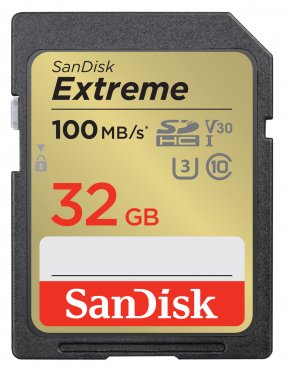
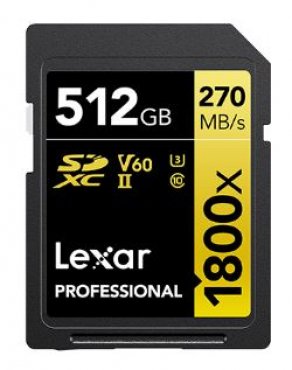
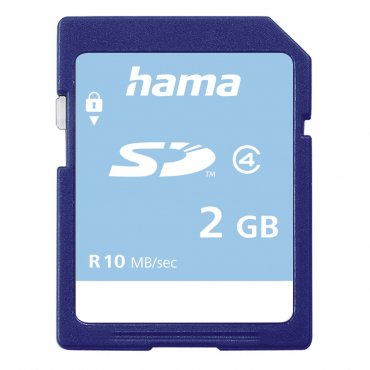
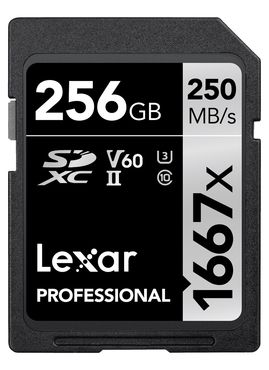
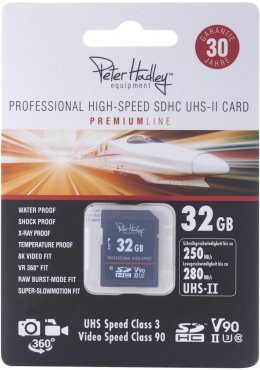
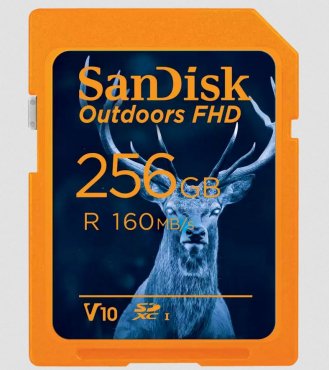

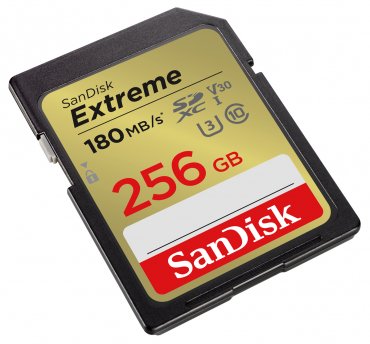

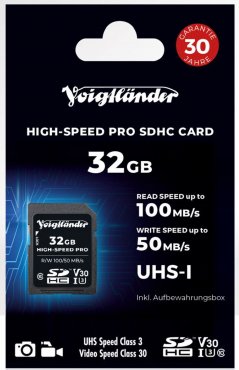

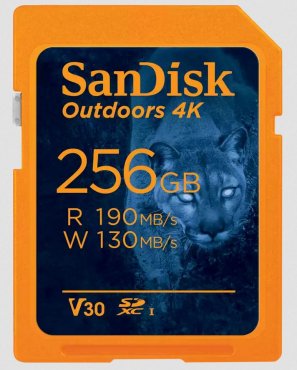
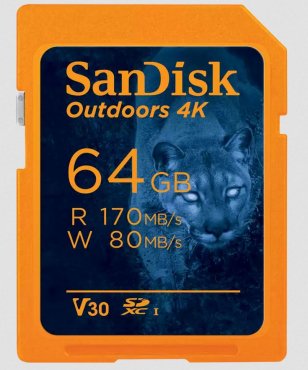
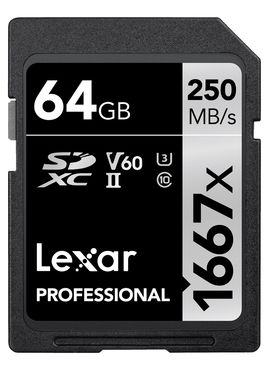
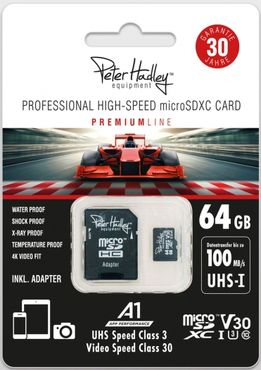
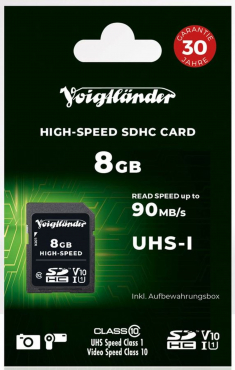
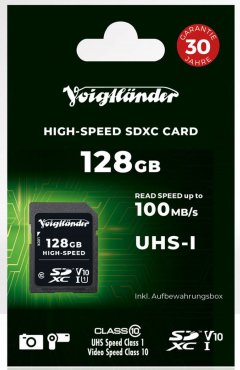
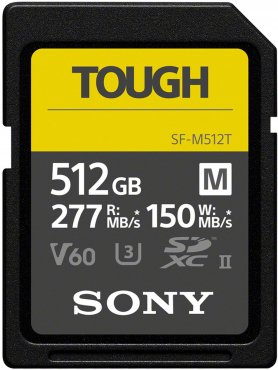
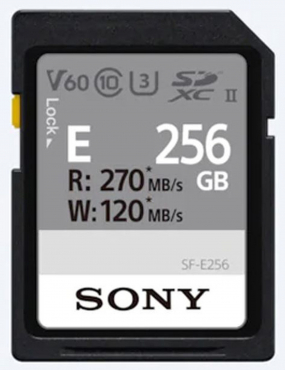
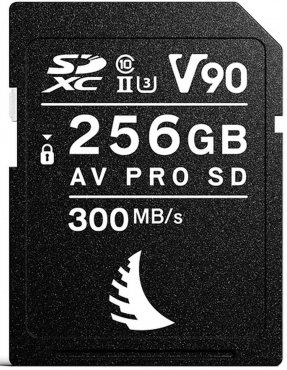
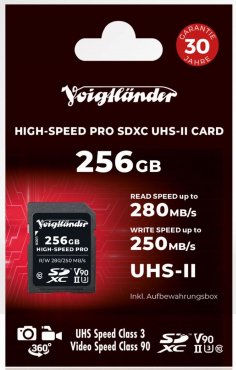
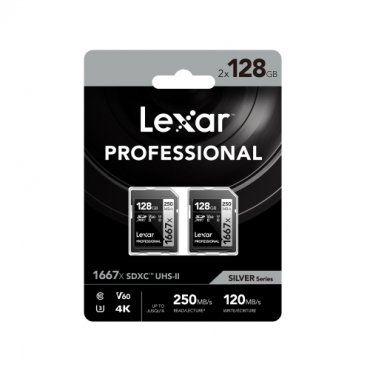

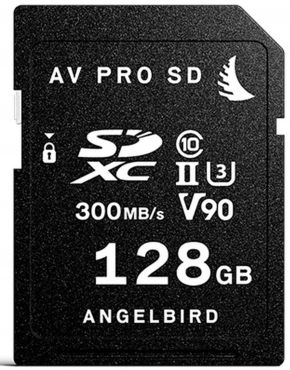

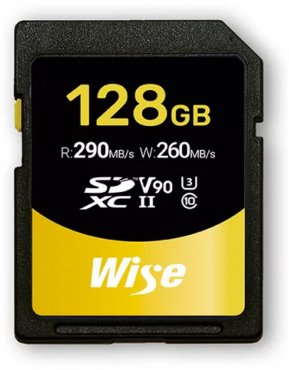
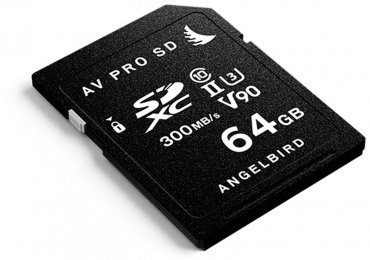
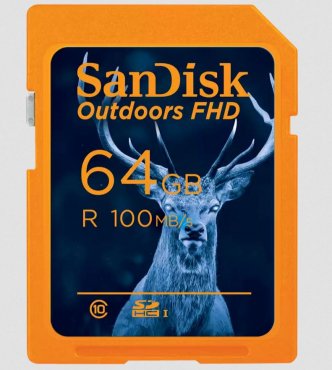
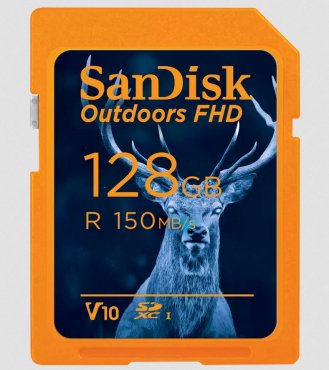
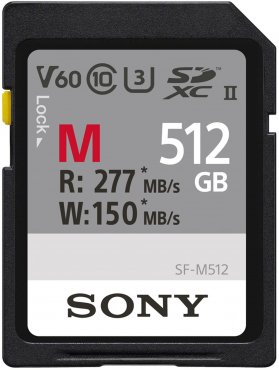
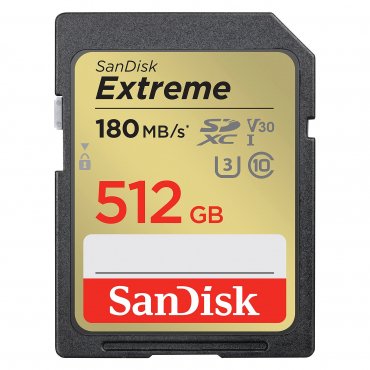





Simply subscribe and benefit as a newsletter recipient every week: